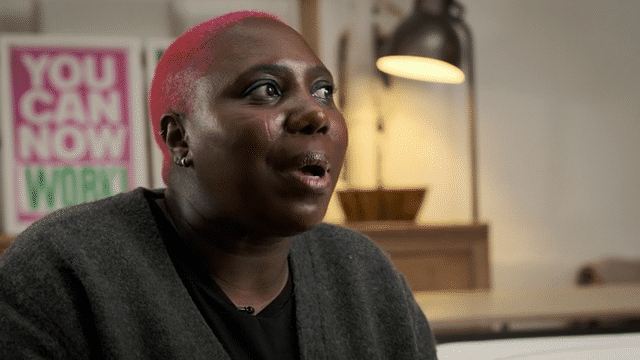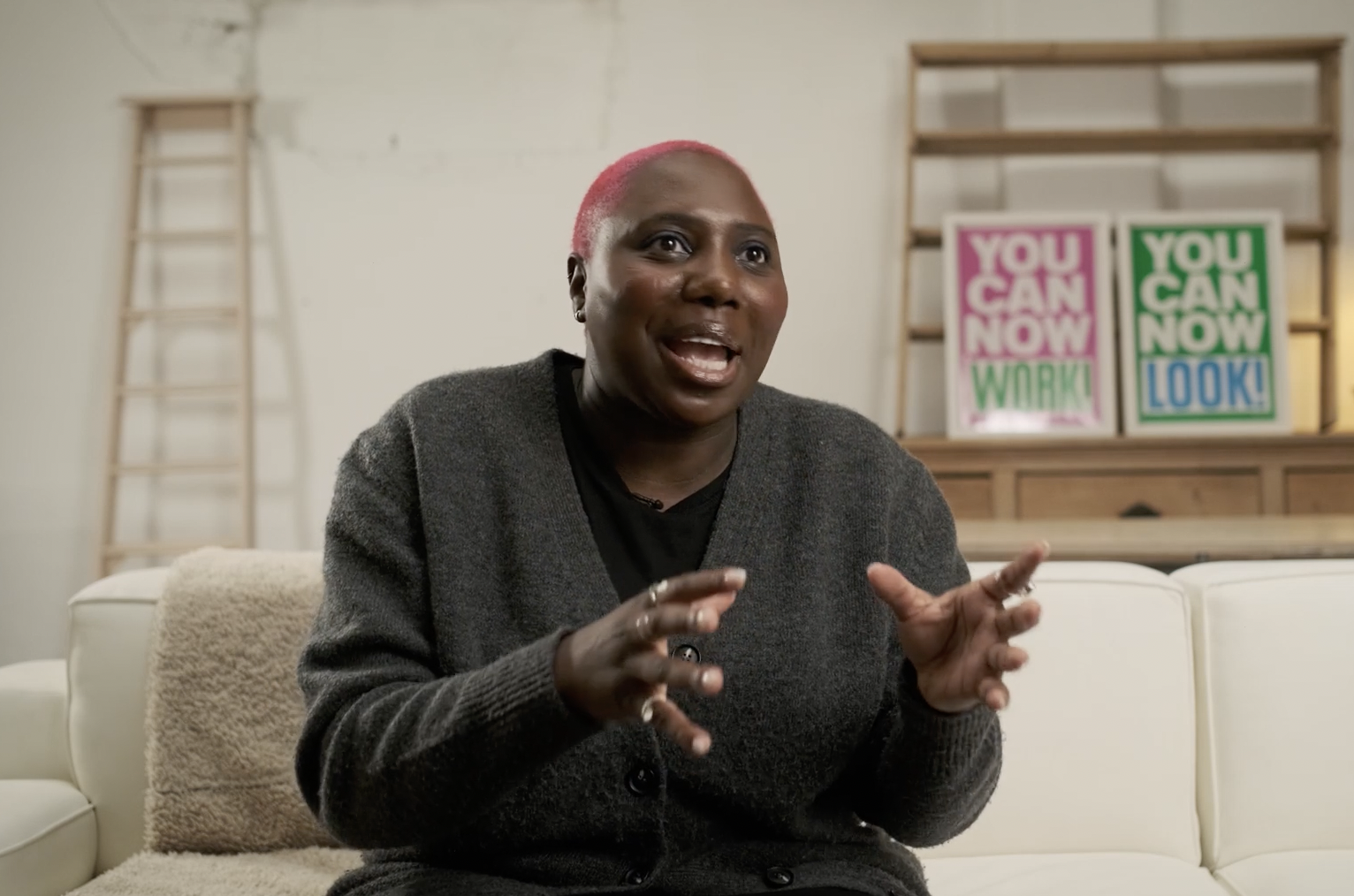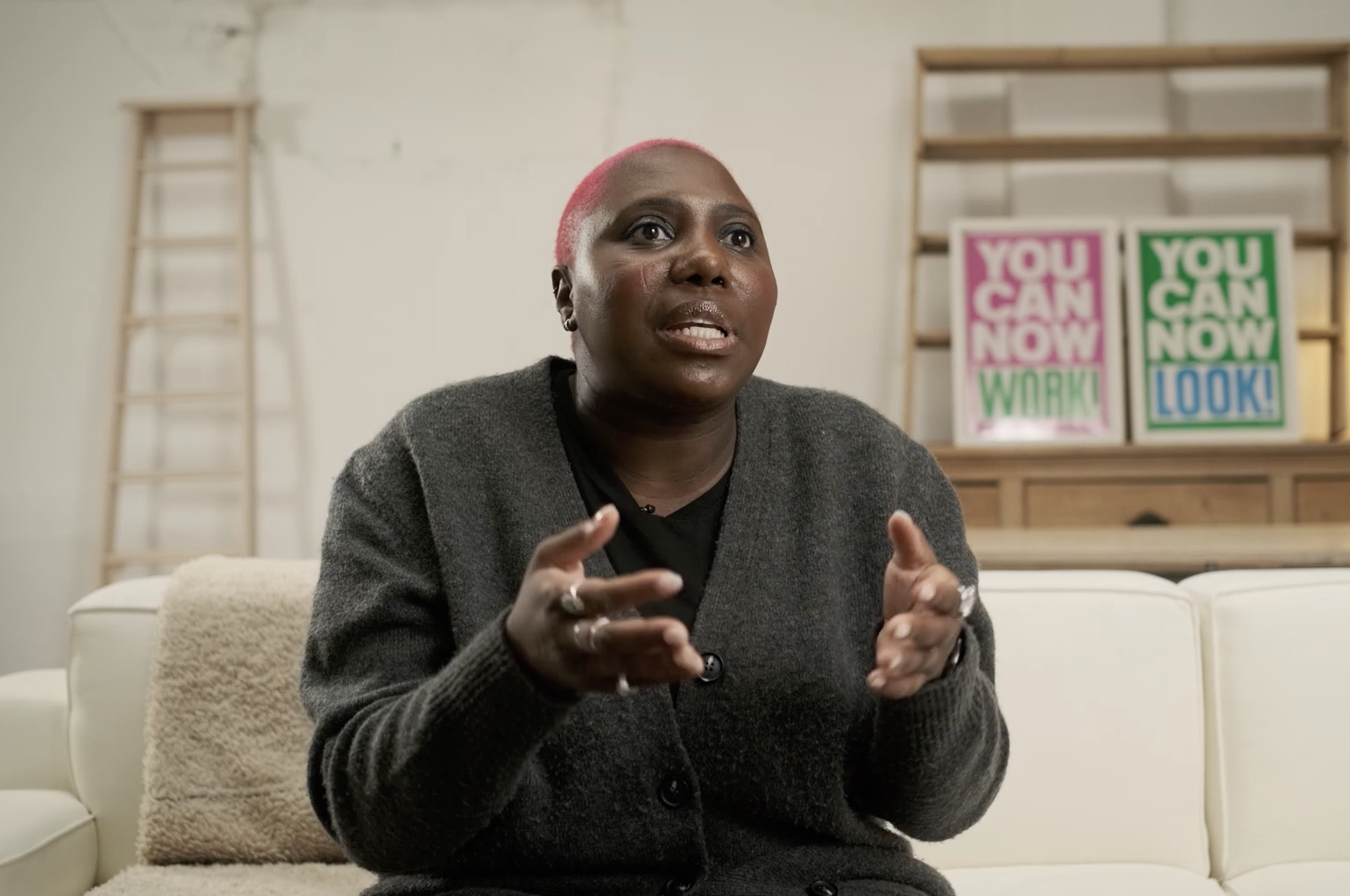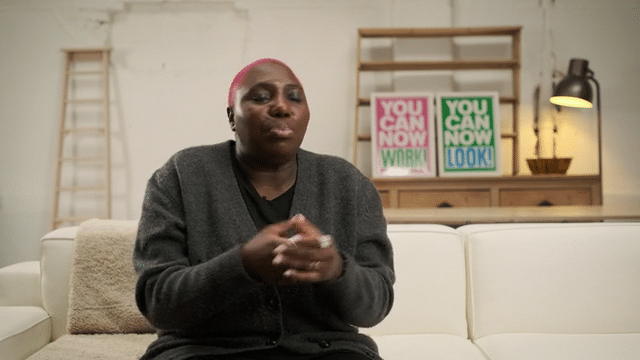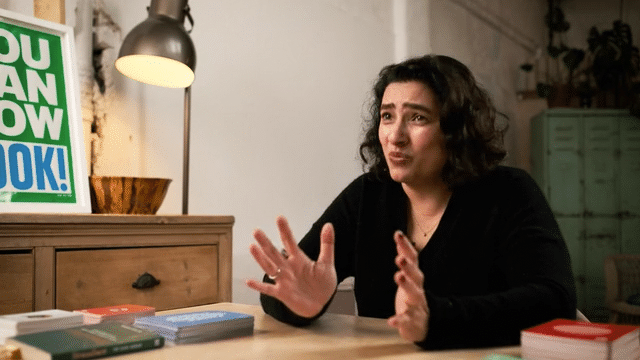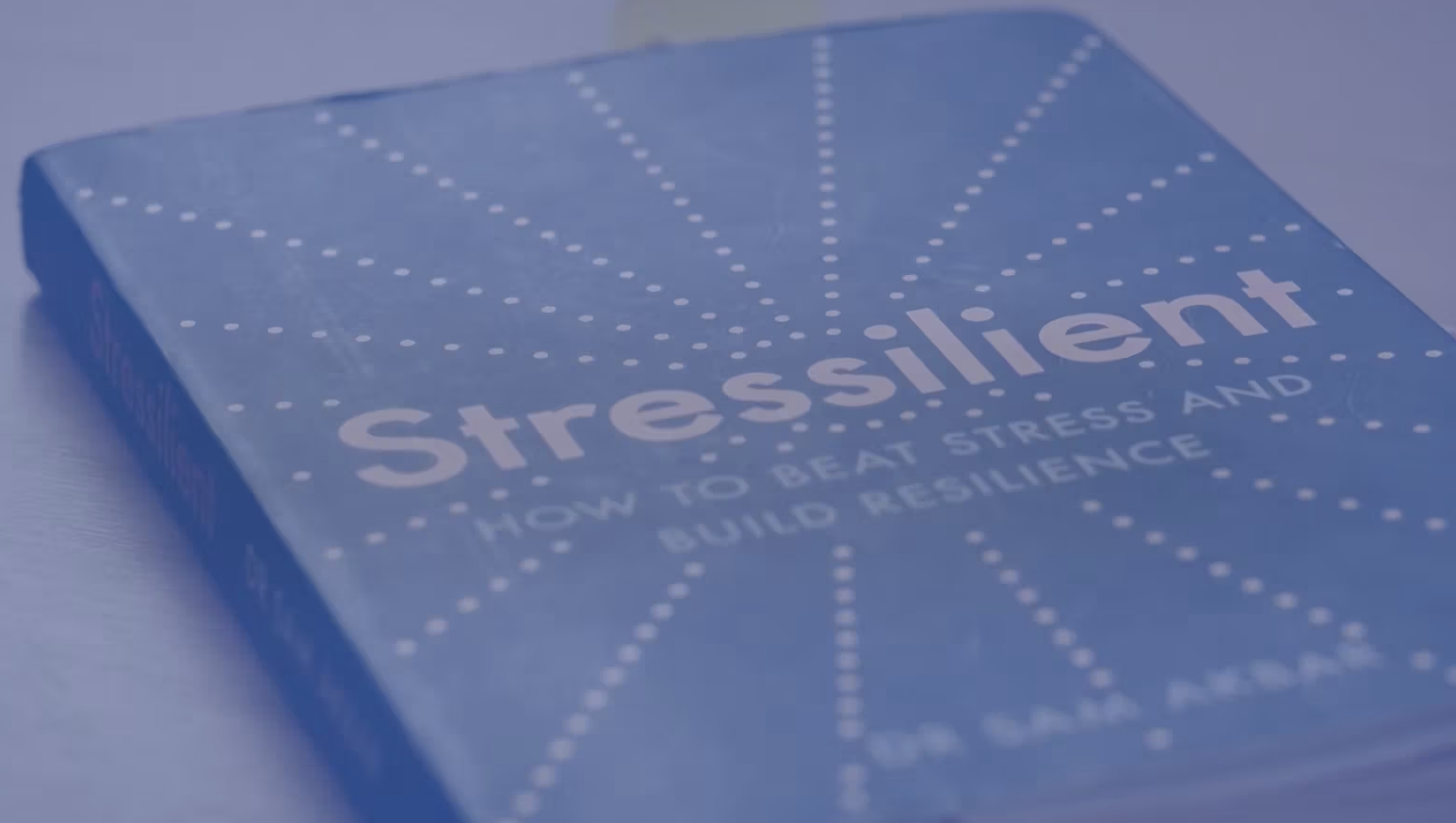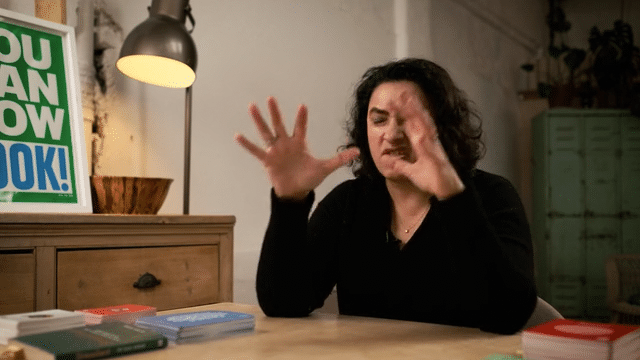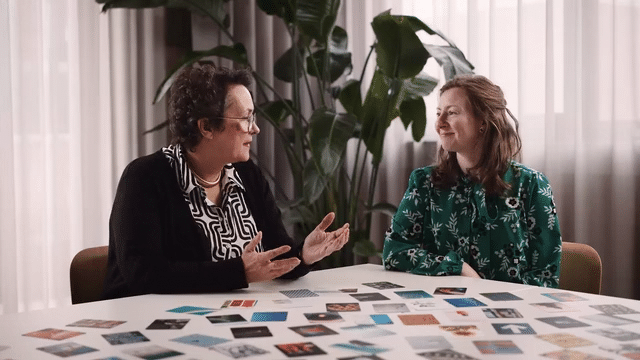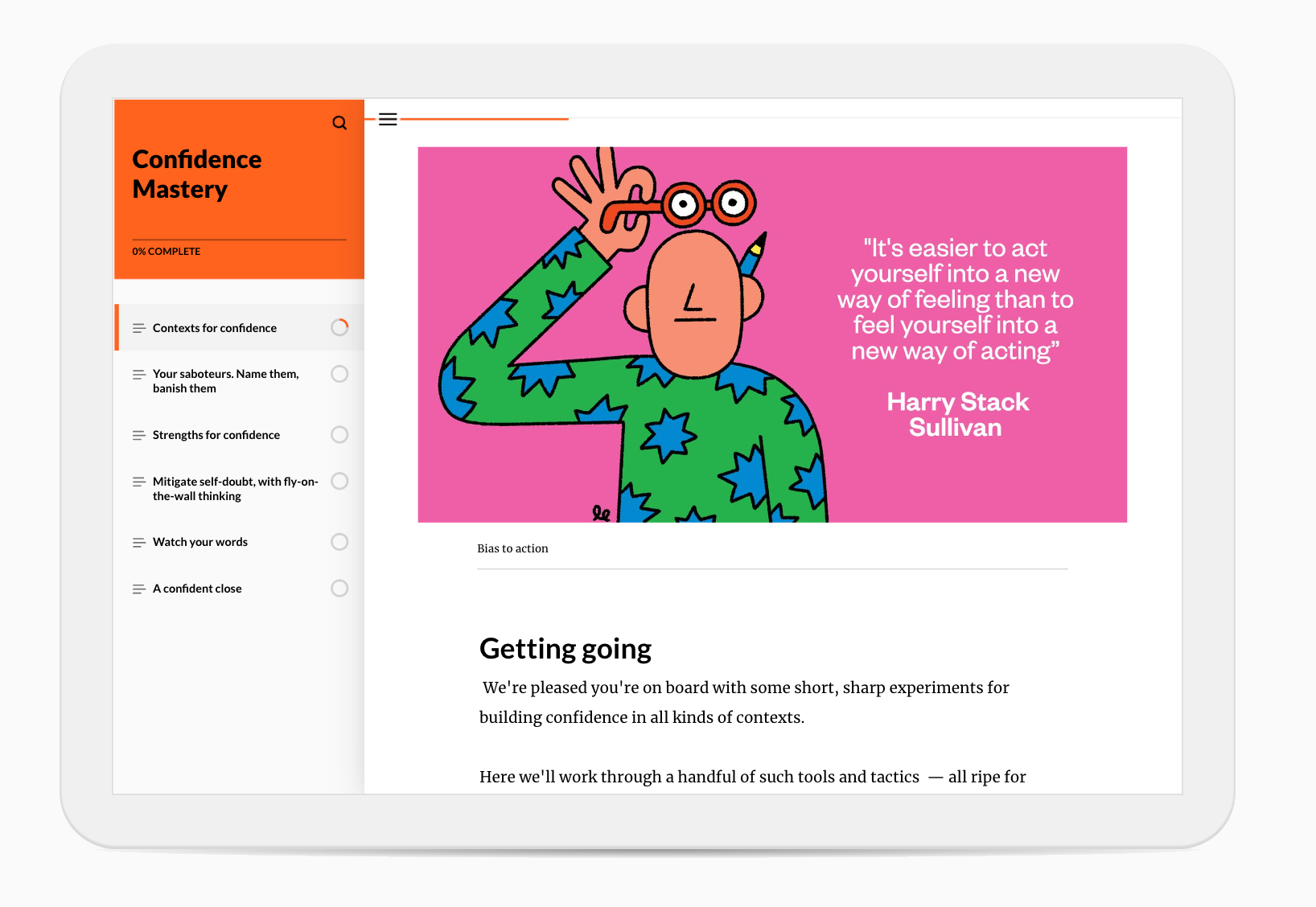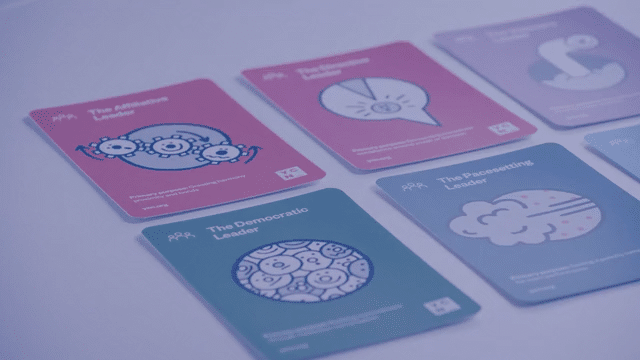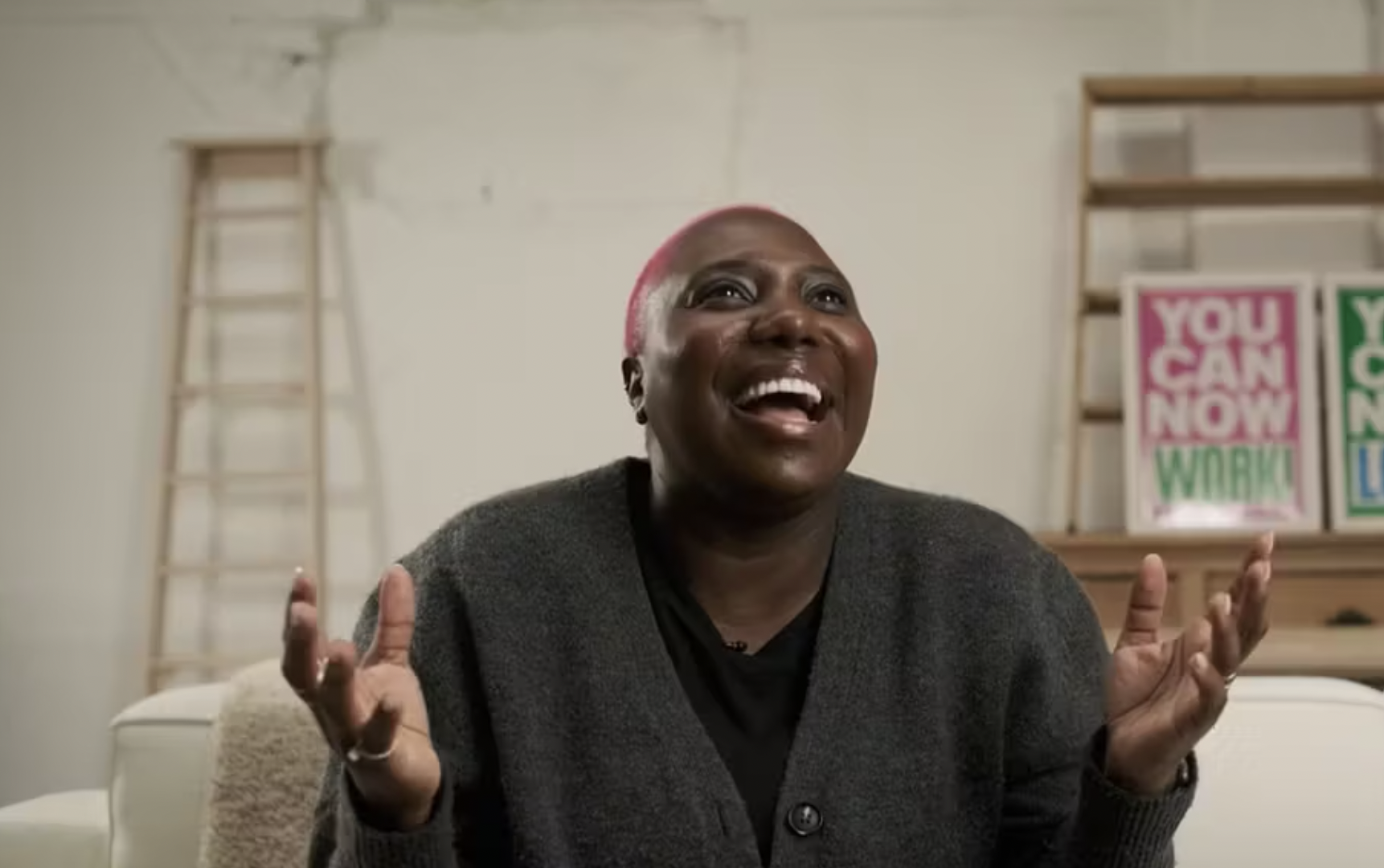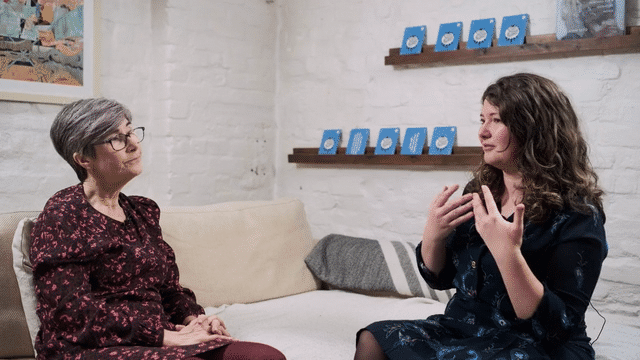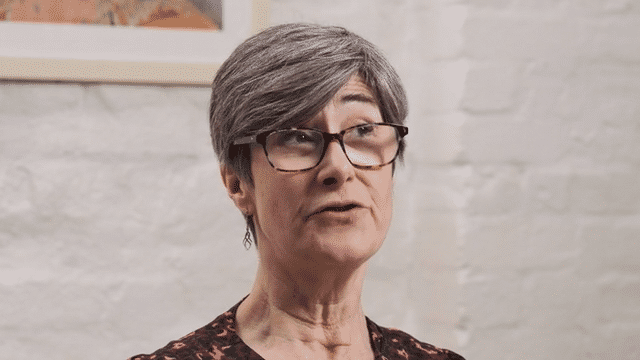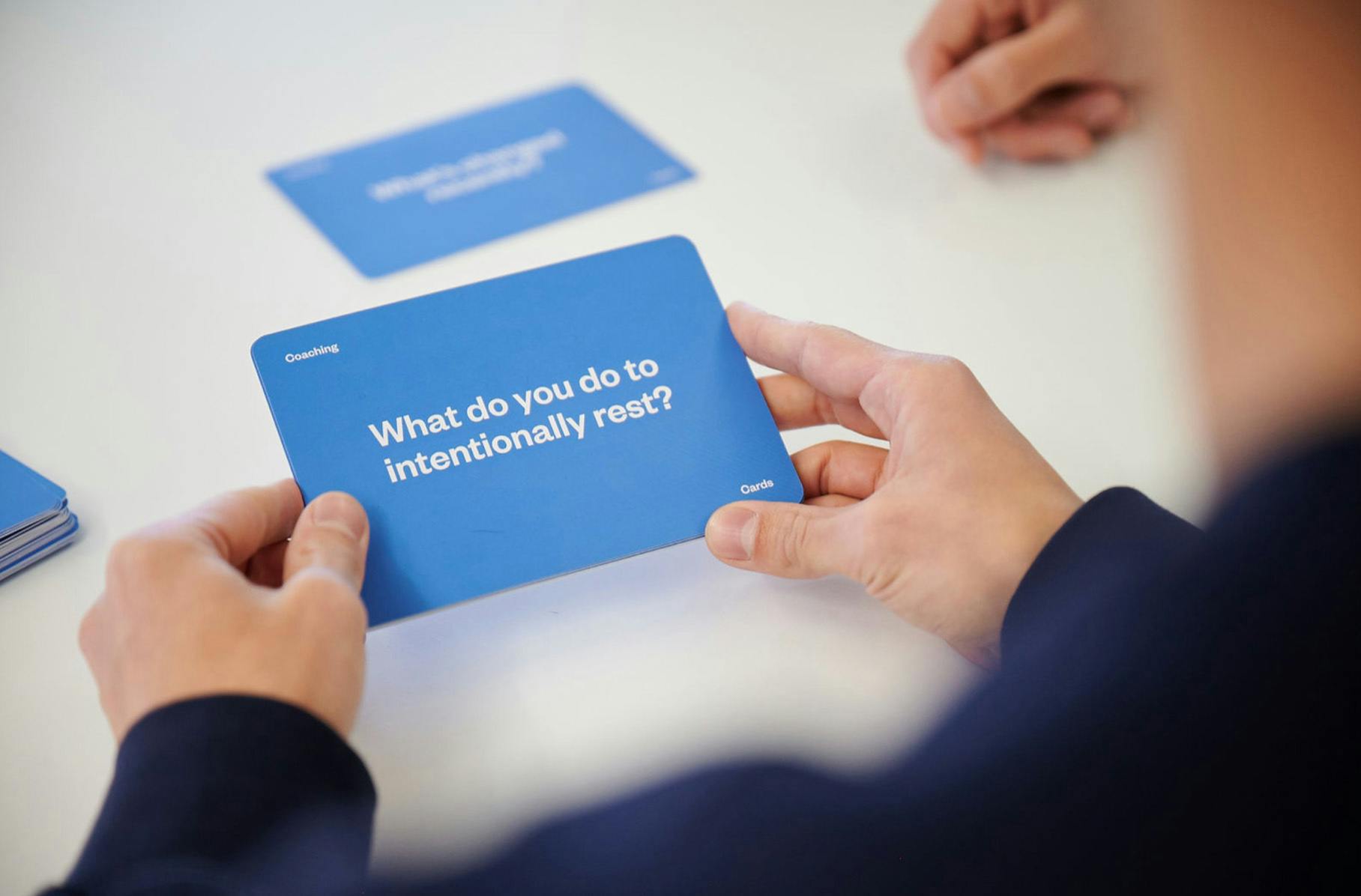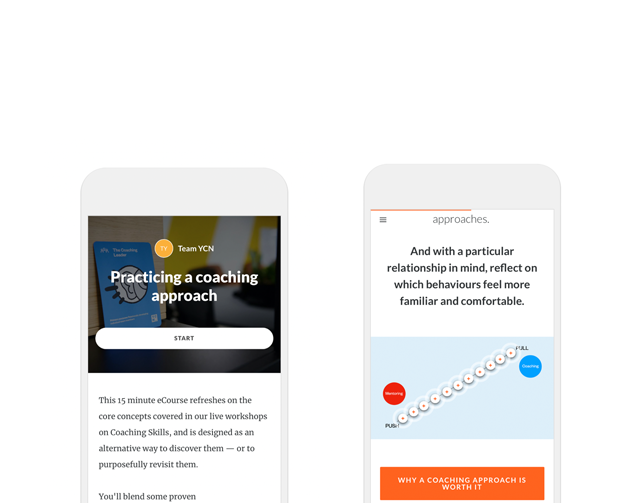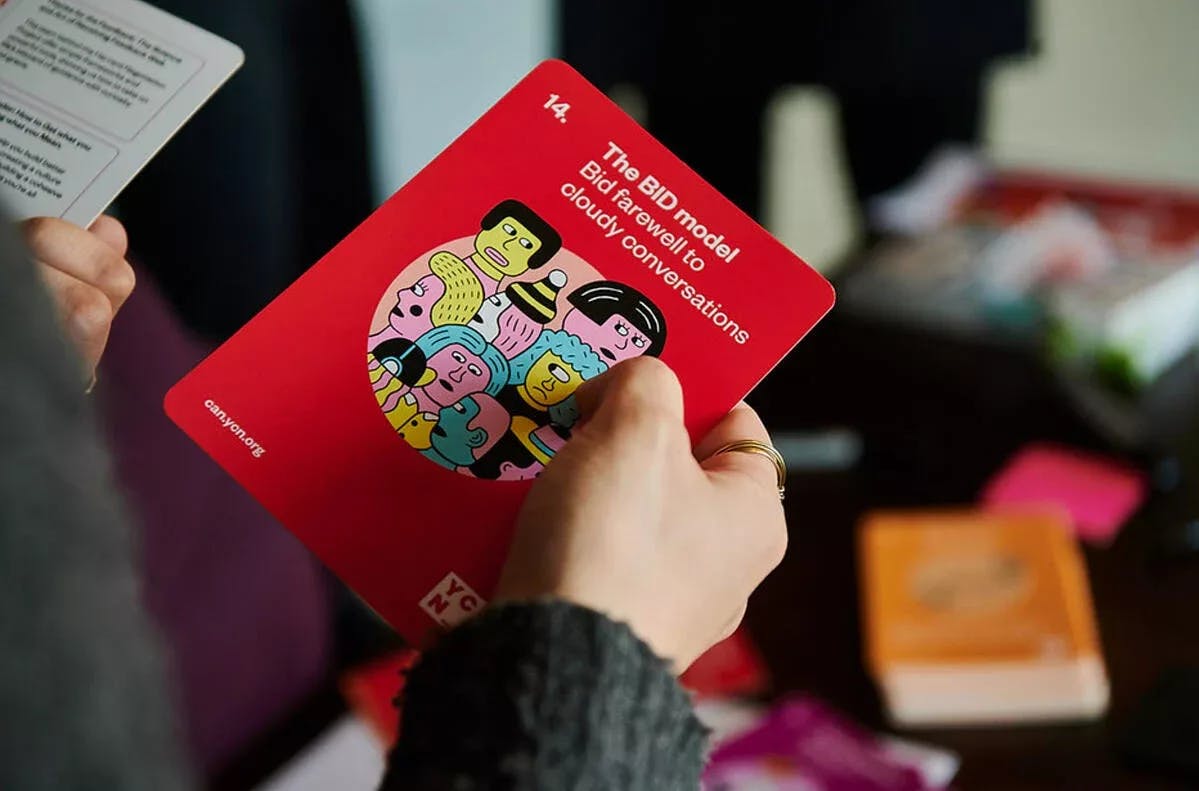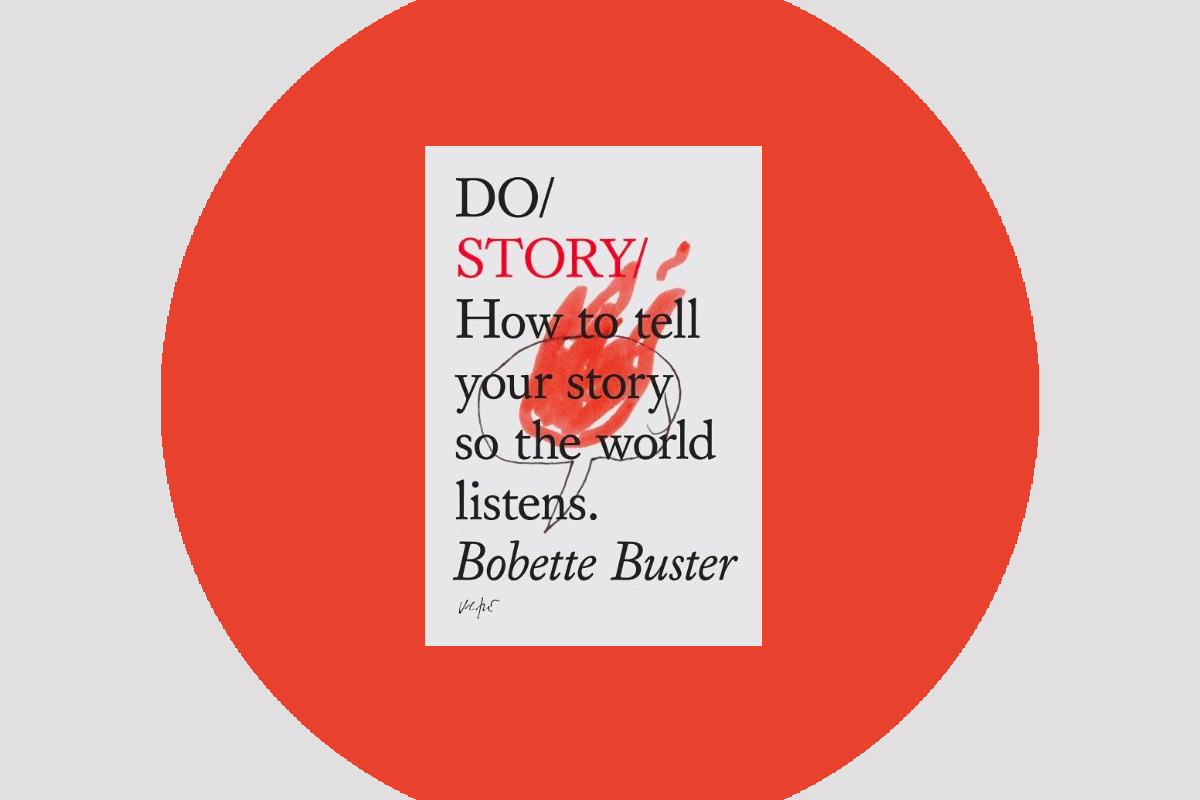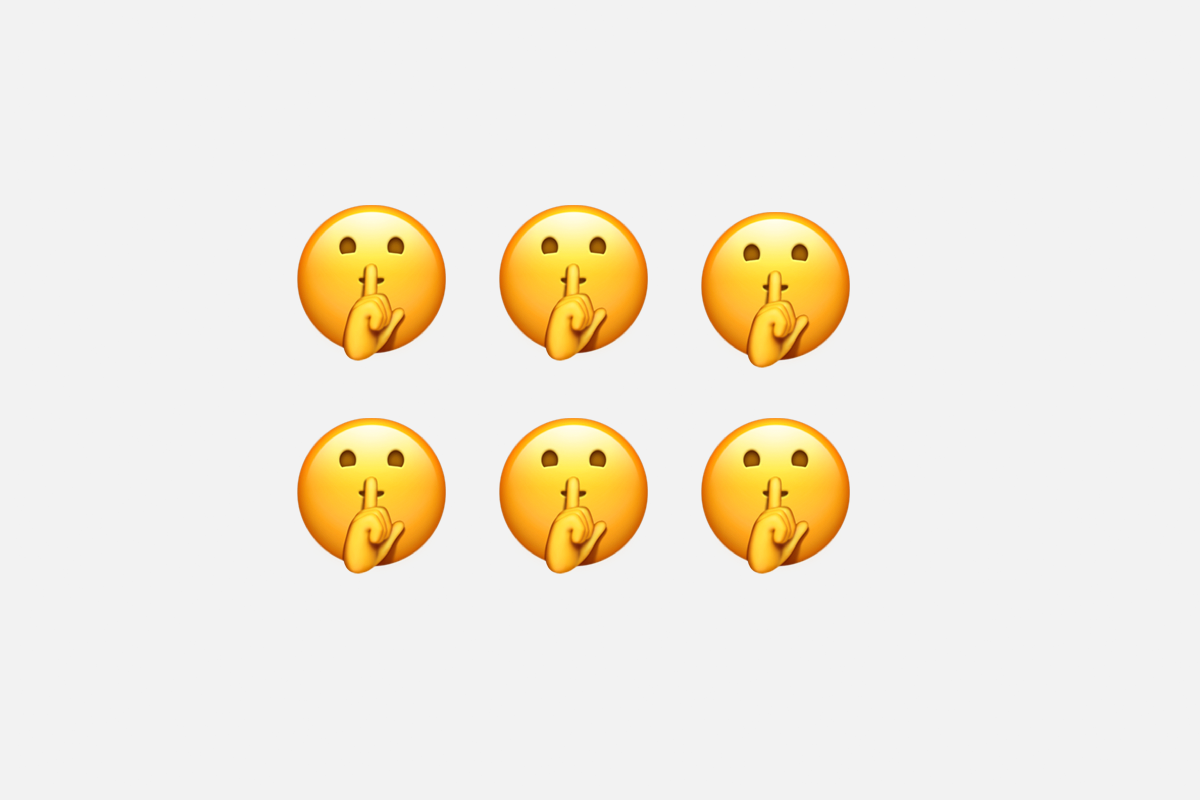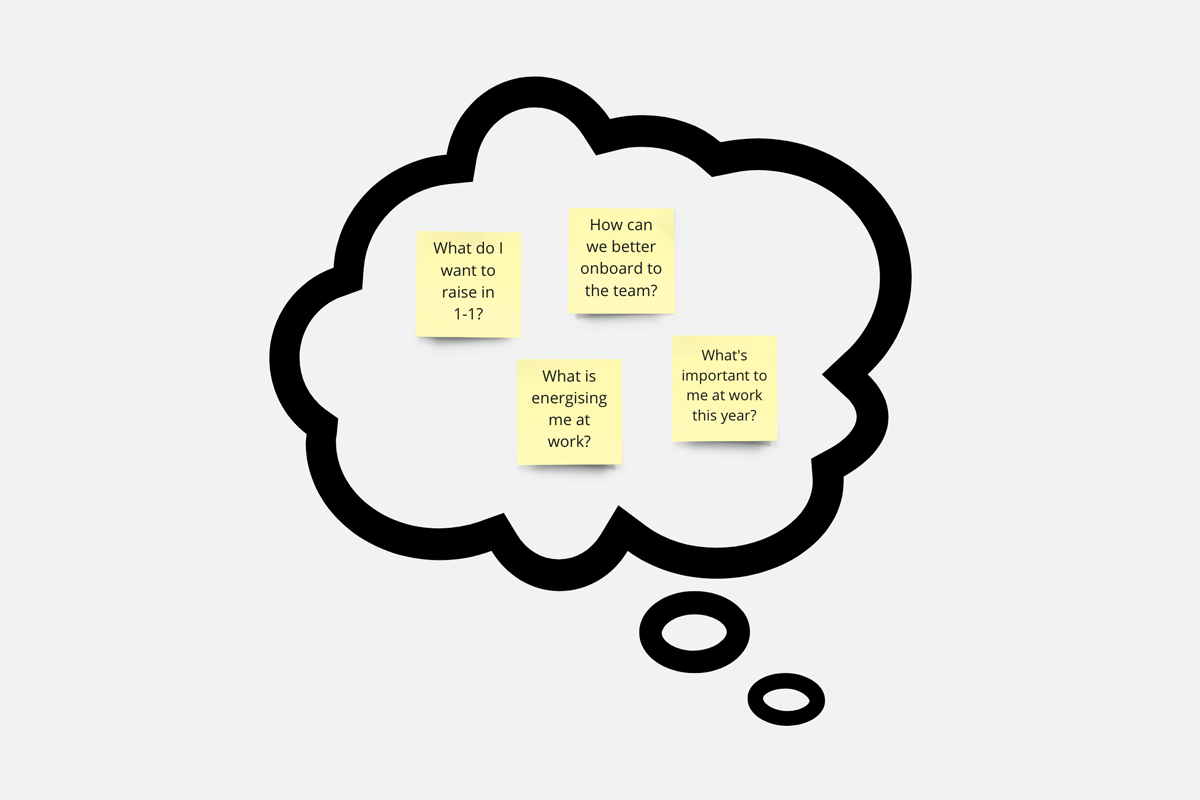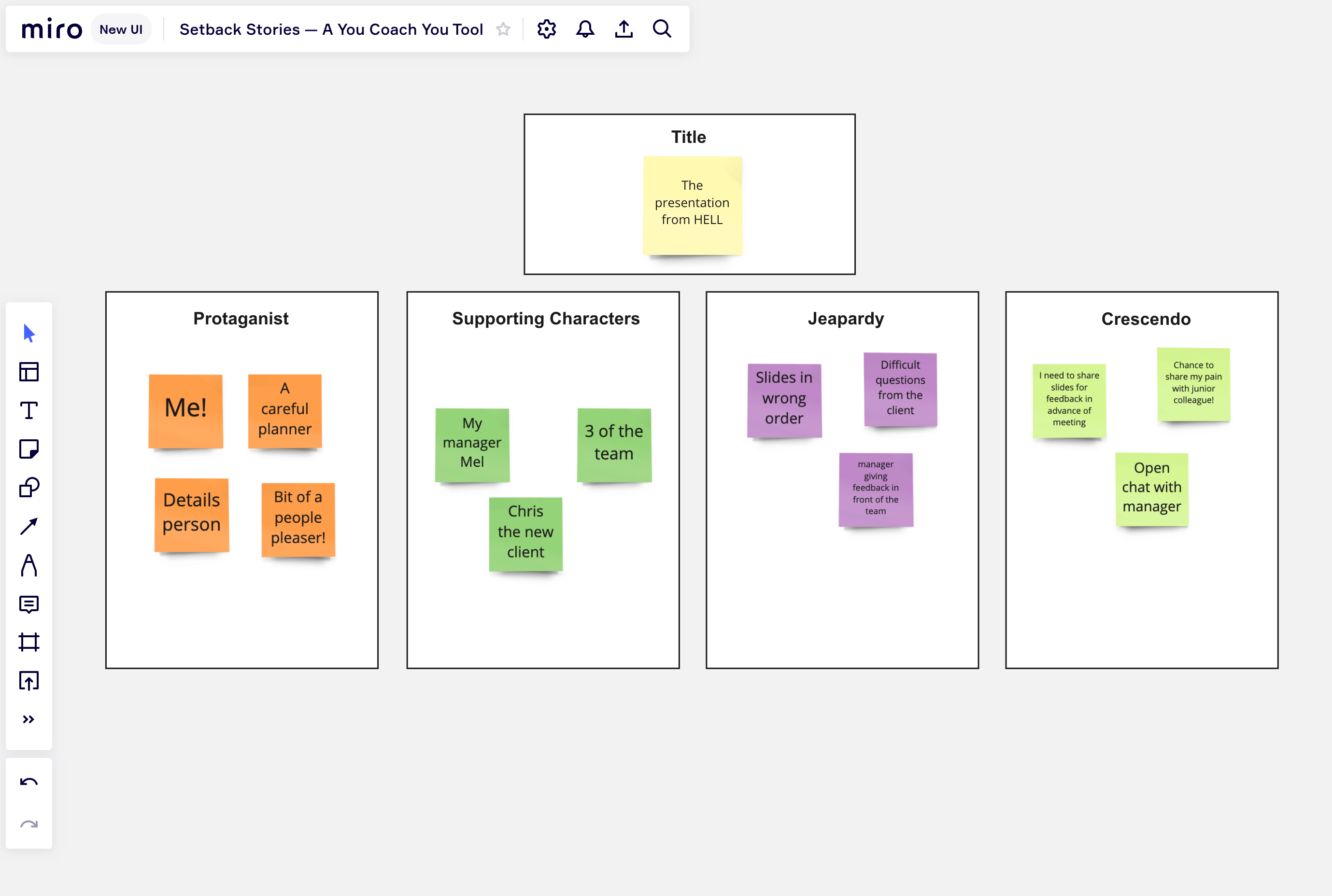For you, new and popular
Homework for Life: A ten-second daily ritual for noticing, capturing and practicing stories

Homework for Life: How it works
At the very end of your day, ask yourself this simple question - If you were going to tell one story about your day, what would it be?
Whether it’s in a notebook, on an excel spreadsheet or etched into a stone tablet, write down your story. Don’t overthink it, keep it simple; something like:
“Dropped my wallet on the platform without realising. A woman (who was clearly in a rush) picked it up, ran back to hand it to me, and just barely made it through the doors of the train.”
Write the date down beside your story, a little like a diary. And don’t feel limited to one story - if you’ve got more then go for it and record a couple.
Why did this moment move you? What memories did it dig up? The goal of the exercise is to recognise that these tiny stories are universal: if it’s touched you, it will touch others. Before long, as Dicks says, “you have more stories than you can imagine.”
“We have these moments in our lives all the time. It sounds special and unique and beautiful, but they’re everywhere.”
Stories are everywhere...
It’s important to remember that even the most seemingly simple stories have a strong emotional core — something that triggers feelings. It’s why we listen to them, and it’s why they move us. The more we recognise the enormous emotional impact of these ‘tiny’ moments, the more clearly we begin to see stories everywhere we look.
Keen for the next chapter?
Try Root, Stem, Branch - a simple structure for stories
Give Setback Stories a go for a self-belief boost
Take a look at Bobette Buster's 10 Principles of Storytelling for more story secrets
















